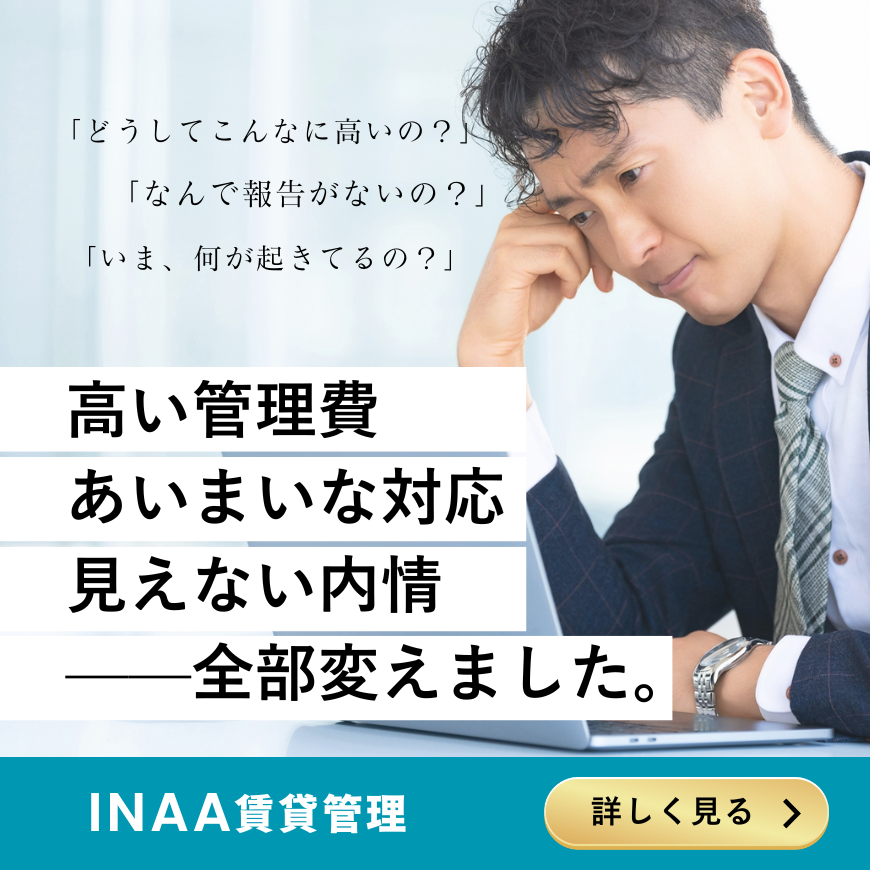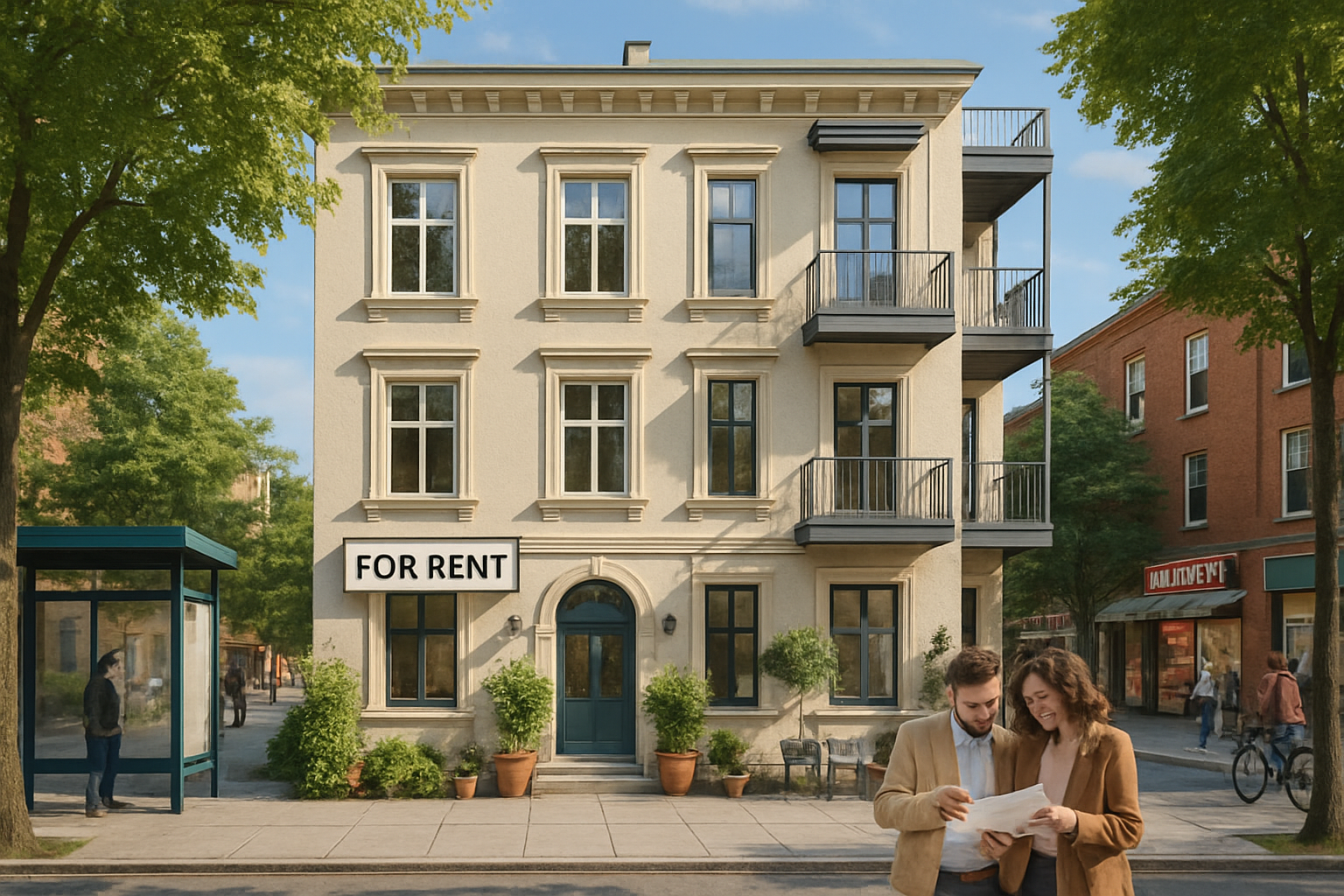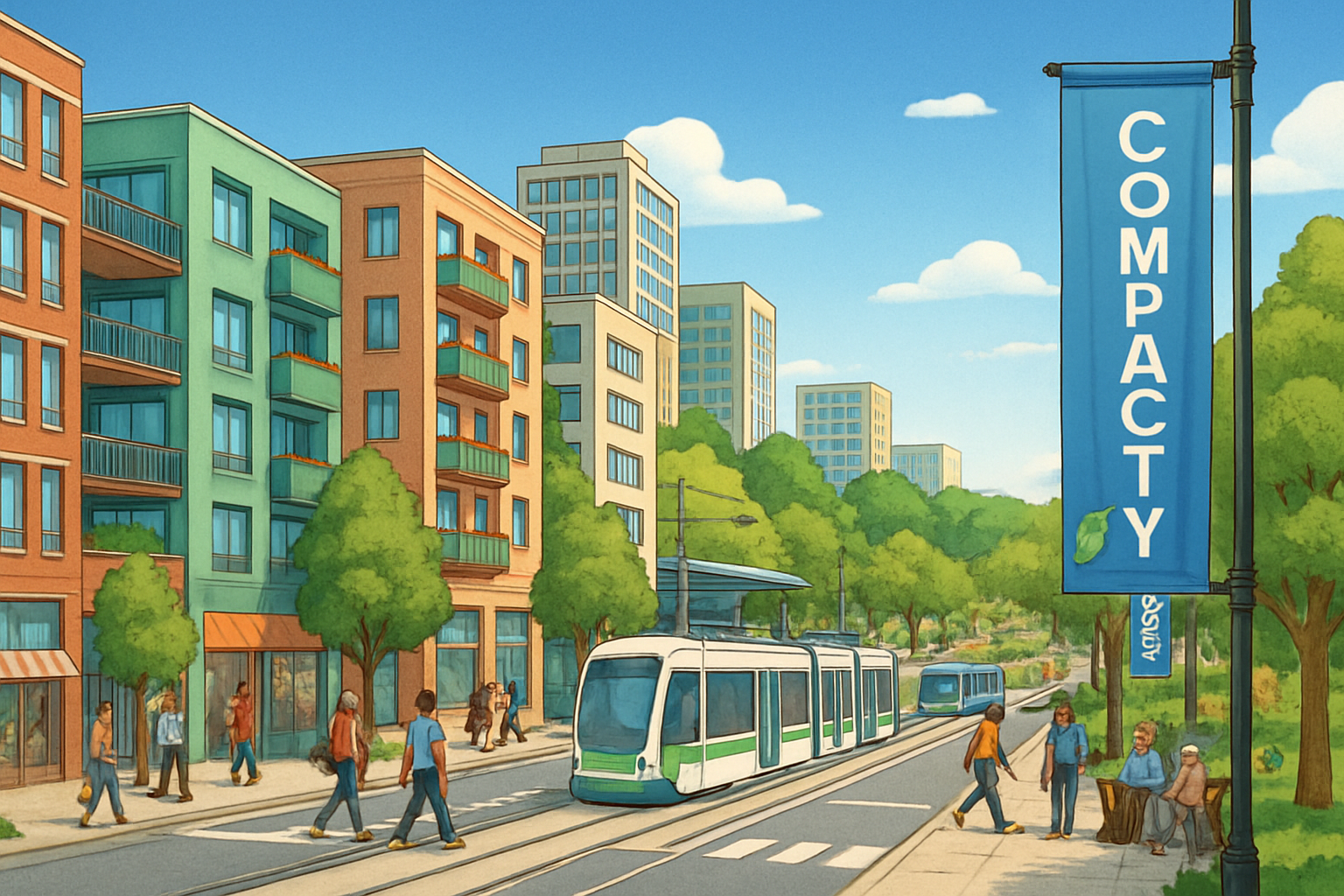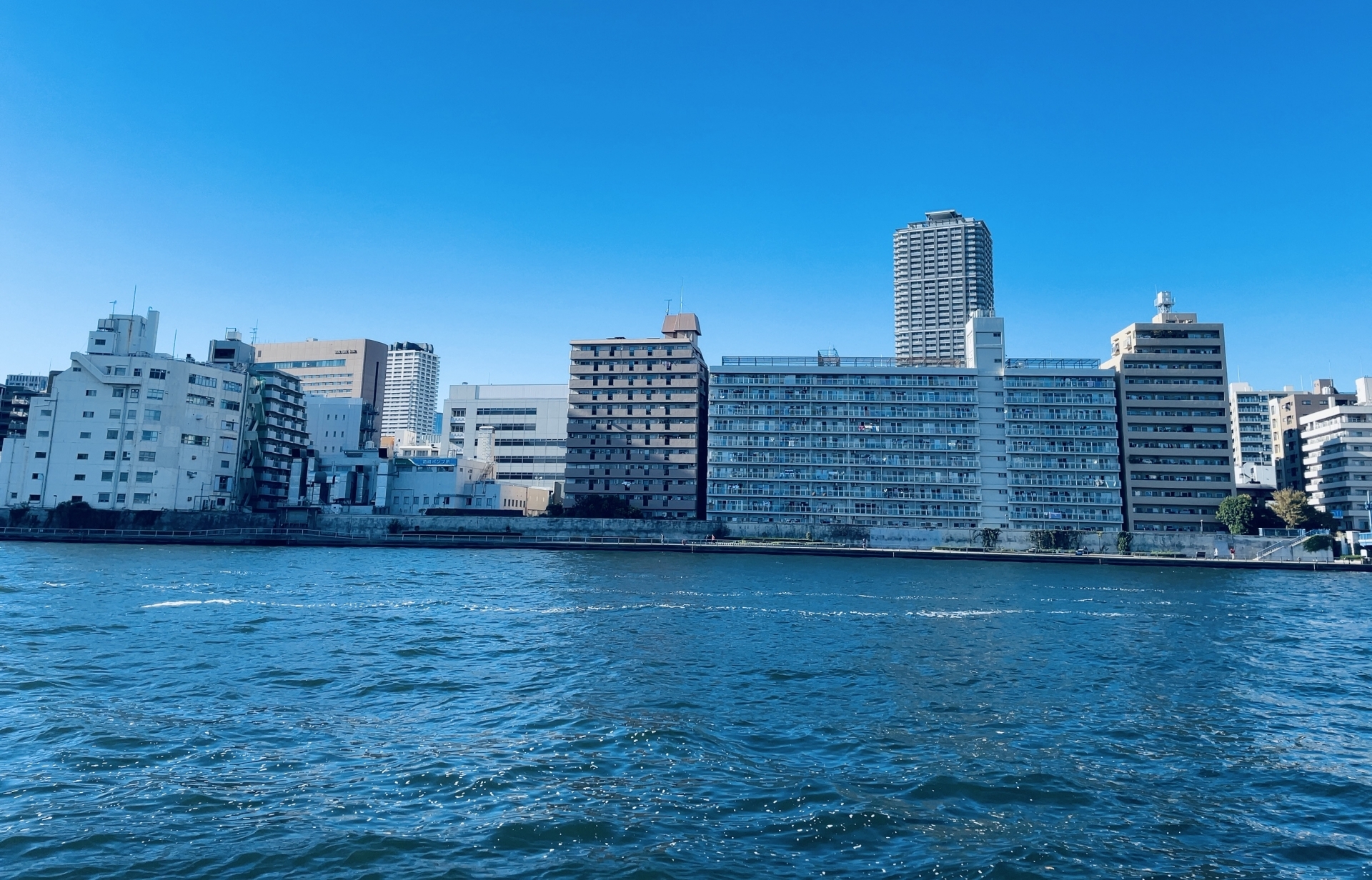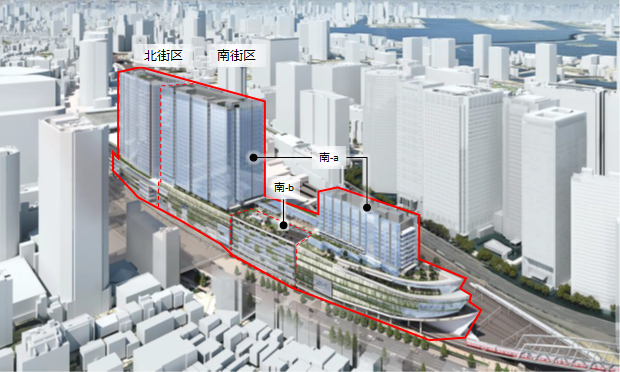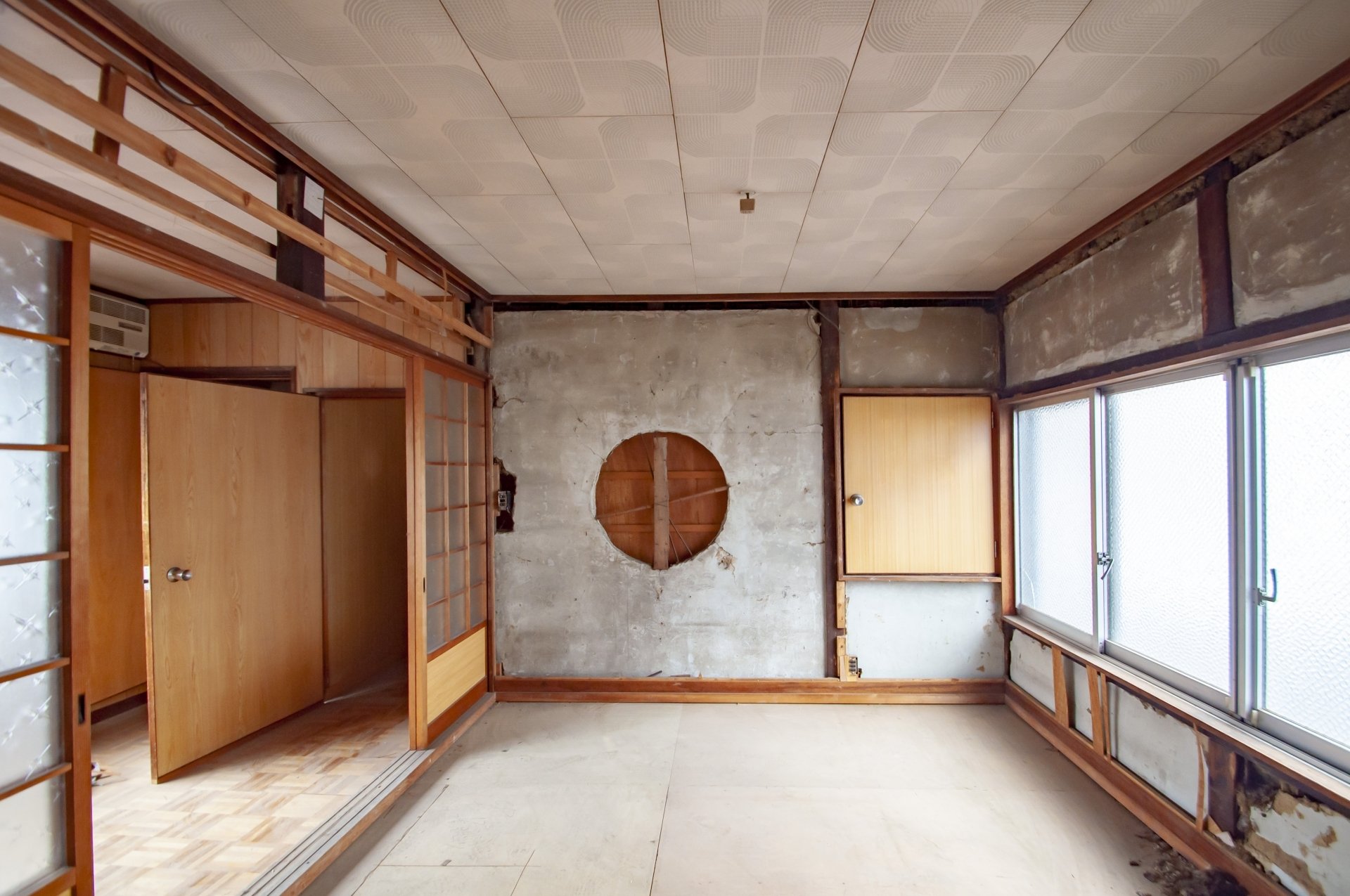Condominium management is attracting attention as an attractive investment method that provides stable rental income. However, proper financial planning is essential for success.
The most important thing when starting condominium management is to accurately grasp the initial and running costs. Many investors tend to focus only on the property price, but in reality, there are many other costs in addition to the property acquisition cost.
In real estate investment, the initial cost is estimated to be 15-40% of the property price. For example, if one were to purchase a 30 million yen investment condominium, the initial cost would range from 4.5 million yen to 12 million yen. The reason for this wide range is that it varies depending on the percentage of down payment, the type of property, and the time of purchase.
In addition, condominium management involves ongoing running costs. Management fees, repair reserve funds, property taxes, insurance premiums, and other monthly expenses ranging from several tens of thousands of yen to several hundred thousand yen must be anticipated. If you do not properly account for these costs, you may not be able to generate the revenue you had anticipated.
For successful condominium management, financial planning is as important as property selection. By maintaining an appropriate balance between personal funds and financing, and by stabilizing cash flow, long-term asset building becomes possible.
A thorough explanation of the initial costs of condominium management
Breakdown of Property Acquisition Costs
Initialexpenses forcondominium managementcan be broadly divided into two categories: down payment and other expenses.
Thedown payment isgenerally estimated to be 10-30% of the property price. Although this varies depending on the lending conditions of the financial institution and the investor's attributes, in most cases, a down payment of about 20% is sufficient to obtain financing on favorable terms.
Miscellaneous expensesare generally 5-10% of the property price. For newly constructed properties, these tend to be relatively low, but for existing properties, the percentage of expenses may be higher.
Detailed Initial Expenses
The following table summarizes the details of initial expenses required to start condominium management.
| Cost Item | Approximate amount | Remarks |
| Brokerage fee | Property price x 3% + 60,000 yen | Required at the time of sales contract |
| Registration fee | 150,000 to 300,000 yen | Includes judicial scrivener fees |
| Loan administration fee | Loan amount x 2% approx. | Varies depending on the financial institution |
| Loan guarantee fee | Loan amount x 2% approx. | In case of lump-sum prepayment |
| Fire insurance premium | 30,000-100,000 yen per year | Varies depending on the size of the property |
| Real estate acquisition tax | Property tax assessed value x 3%. | Reduction measures available |
| Stamp tax | 10,000 - 60,000 yen | Varies depending on the amount of the contract |
| Settlement of fixed property tax, etc. | Tens of thousands to hundreds of thousands of yen | Varies depending on the time of delivery |
Initial Cost Simulation by Property Price
Let's simulate the initial cost by actual property price.
| Property Price | Down payment (20%) | Other expenses (8%) | Total Initial Cost |
| 30 million yen | 6 million yen | 2.4 million yen | 8.4 million yen |
| 50 million yen | 10 million yen | 4 million yen | 14 million yen |
| 80 million yen | 16 million yen | 6.4 million yen | 22.4 million yen |
| 100 million yen | 20 million yen | 8 million yen | 28 million yen |
These figures are general guidelines and will vary depending on the location of the property, the age of the building, and the conditions of the financial institution. The ratio of various expenses tends to be lower, especially for new condominiums in central Tokyo.
Although it is possible to lower the percentage of down payment in order to reduce the initial cost, this will increase the monthly loan repayment amount and interest rate burden. In addition, loan approval may be more difficult with a smaller down payment, so it is important to have a balanced financial plan.
Complete understanding of the running costs of condominium management
Costs incurred monthly and annually
In condominium management,runningcosts are incurredcontinuously even after the property is acquired.The key to success is to properly grasp these costs and incorporate them into the income/expense calculation.
| Cost Item | Frequency of Occurrence | Approximate amount | Remarks |
| Management fee | Monthly | Approx. 5% of rent income | Varies depending on the management company |
| Reserve for repairs | Monthly | 10,000-30,000 yen | Varies depending on the size of the property |
| Property tax | 4 times a year | Several hundred thousand yen per year | Determined by assessed value |
| City planning tax | 4 times a year | Several tens of thousands to several hundred thousand yen per year | Property in an urbanization area |
| Fire insurance premium | Once a year | 30,000-100,000 yen per year | Varies depending on coverage |
| Earthquake insurance premium | Once a year | 10,000-50,000 yen per year | Optional |
| Tax accountant's fee | Once a year | 100,000-300,000 yen per year | Tax return agent fee |
Management feesare one of the largest running costs in condominium management. Generally, the market rate is about 5% of rent income, but it varies from 3% to 10% depending on the management company. It is important to select a company that offers a good balance between services and costs.
Therepair reservefund is an expense that is set aside every month in preparation for future large-scale repairs. The amount is relatively small when the building is newly constructed, but often increases in stages as the building ages, and should be incorporated into a long-term financial plan.
Fixed property tax and city planning taxare calculated based on the property's assessed value. The standard property tax rate is 1.4% of the assessed value for property tax and 0.3% for city planning tax. However, since a reduction is applied to residential properties, the actual tax amount is the amount after the reduction.
Key Points for Reducing Running Costs
Proper management of running costs can improve the profitability of condominium management.
First, it is important to obtain quotes from multiple management companies for management consignment fees and compare their services and costs. Rather than simply selecting the company with the lowest cost, consider the quality of their tenant service and their track record in dealing with vacancies.
It is important to set an appropriate amount for the repair reserve fund. If the reserve is insufficient, you may need to collect a lump sum in the future, and conversely, excessive reserves will worsen financial efficiency. It is important to check the long-term repair plan and grasp the appropriate reserve amount.
Taxes can be reduced by taking advantage of various tax reduction measures and special exceptions. For example, there are measures to reduce property taxes for newly built houses and tax reductions for energy-saving renovation work. Consult with your tax advisor and take appropriate tax reduction measures.
Simulation of principal by property value
In the case of a 30 million yen property
Let's take a look at a detailed simulation for the purchase of a30 million yeninvestment condominium.
| Item | Amount | Remarks |
| Property Price | 30 million yen | -30 million yen |
| Down payment (20%) | 6 million yen | -Deposit (20%) 6 million yen |
| Other expenses (8%) | 2.4 million yen | Brokerage fee, registration fee, etc. |
| Total initial cost | 8,400,000 yen | -2.4 million yen |
| Loan amount | 24,000,000 yen | Property Price - Down Payment |
| Monthly repayment | Approximately 85,000 yen | Interest rate 1.5%, 35-year repayment |
| Assumed rental income | 120,000 yen per month | At a surface yield of 4.8%. |
| Monthly running cost | Approx. 30,000 yen | Management fees, taxes, etc. |
| Monthly cash flow | Approx. 0.5 million yen | Rental income - Repayment - Running cost |
In the case of a 50 million yen property
While greater income can be expected from a 50 million yen property, the requiredprincipal will alsoincrease.
| Item | Amount | Remarks |
| Property Price | 50 million yen | -Deposit |
| Down payment (20%) | 10 million yen | -Deposit (20%) |
| Other expenses (8%) | 4 million yen | Brokerage fee, registration fee, etc. |
| Total initial cost | 14 million yen | -1.5 million yen |
| Loan amount | 40 million yen | Property Price - Down Payment |
| Monthly repayment amount | Approximately 142,000 yen | Interest rate 1.5%, 35-year repayment |
| Assumed rental income | 200,000 yen per month | At a surface yield of 4.8%. |
| Monthly running cost | Approx. 45,000 yen | Management fees, taxes, etc. |
| Monthly cash flow | Approx. 13,000 yen | Rental income - Repayment - Running costs |
In the case of a 100 million yen property
Investments in large properties, such as a 100 million yen condominium, require even larger funds.
| Item | Amount | Remarks |
| Property Price | 100 million yen | -25% down payment |
| Down payment (25%) | 25 million yen | Down payment ratio is higher for large properties |
| Other expenses (8%) | 8 million yen | Brokerage fees, registration fees, etc. |
| Total initial cost | 33 million yen | -3.3 million yen |
| Loan amount | 75 million yen | Property Price - Down Payment |
| Monthly repayment amount | Approximately 266,000 yen | Interest rate 1.5%, 35-year repayment |
| Assumed rental income | 500,000 yen per month | At a surface yield of 6.0%. |
| Monthly running cost | Approximately 120,000 yen | Management fees, taxes, etc. |
| Monthly cash flow | Approx. 114,000 yen | Rental income - Repayment - Running costs |
Example of Yield and Income/Expenditure Calculation
There are two types of yieldsin condominium investment: surface yield and real yield. The surface yield is the annual rental income divided by the property price, while the real yield is the actual rate of return minus running costs.
For example, if the annual rental income of a 30 million yen property is 1.44 million yen, the surface yield is 4.8%. However, if the annual running cost is 360,000 yen, the real yield would be 3.6%.
When making investment decisions, it is important to use the real yield as the standard. In addition, by taking into account vacancy risk and the risk of falling rents, and by making conservative income and expenditure calculations, stable condominium management is possible.
Financing Strategies for Successful Condominium Management
Balance between self-financing and financing
In real estate investment, the balance between personal funds and financing is an important factor in both profitability and risk management.
A larger down payment will help control monthly loan repayments and improve cash flow. It also reduces the interest burden, thereby improving long-term profitability. On the other hand, investing more of your own capital also creates the risk of missing out on other investment opportunities or having insufficient cash on hand.
To find the right balance, the following factors should be considered.
First, the investor's annual income and asset situation. It is important to understand the amount of financing available based on one's own attributes, as loans of 5 to 10 times one's annual income are generally considered to be the upper limit.
Second, the profitability of the property. If the property has a high yield, it may be possible to secure cash flow even with a high loan-to-value ratio. Conversely, for properties with low yields, it is necessary to improve profitability by making a larger down payment.
In addition, interest rate trends are another factor to consider. In a low interest rate environment, the benefits of using financing are significant, while in a rising interest rate environment, the risk can be mitigated by increasing the cash on hand ratio.
Importance of Cash Flow
Managingcashflow is the key to success incondominium management.Cash flow is the actual net income after deducting loan repayments and running costs from rental income.
Maintaining a positive cash flow provides the following benefits.
First, it ensures a stable source of income. Having a constant monthly income makes it easier to stabilize one's lifestyle and plan for future financial needs.
Second, it secures a source of funds for additional investments. If you have a stable cash flow, you can use the funds you receive as a down payment for the purchase of your next property.
Third is the ability to respond to unexpected expenses. A stable cash flow will allow you to cope with unexpected expenses such as equipment breakdowns or vacancy periods.
To improve cash flow, it is important to maximize rental income and optimize costs. Profitability can be improved by continuously reviewing rent settings, shortening vacancy periods, and reducing management costs.
Risk Management and Financial Planning
Proper risk management and financial planning are essential for condominium management due to the various risks involved.
For vacancy risk, itis important to select a property in a good location and set appropriate rent. It is also effective to diversify risks by owning multiple units.
For rent decline risk, it is important to periodically survey market trends and revise rents as necessary. Proper maintenance to maintain the value of the property is also important.
For the risk of rising interest rates, measures include selecting fixed interest rates and reducing principal through early repayment. It is also important to perform conservative income and expenditure calculations that anticipate rising interest rates.
For repair risk, itis necessary to check the long-term repair plan and prepare funds for future large-scale repairs. In addition to the repair reserve fund, you should also consider making provisions with your own funds.
It is recommended that you set aside a reserve fund of 10-20% of the property price to cover these risks. In addition, regular reviews of your income and expenses and updates to your financial plan will help you adapt to changing market conditions.
In summary, the principal and ongoing financial management of condominium management
Essentials of Initial and Running Costs
The principal required to start condominium management is approximately 15-40% of the property price. Specifically, you need to prepare 10-30% of the property price as a down payment and 5-10% for other expenses.
An initial cost of approximately 8.4 million yen for a 30 million yen property, approximately 14 million yen for a 50 million yen property, and approximately 33 million yen for a 100 million yen property will be required.
As for running costs, you should expect to spend from several tens of thousands to several hundred thousand yen per month, including management fees, repair reserve funds, taxes, and insurance premiums. By properly accounting for these costs, the real profitability can be ascertained.
Action Guidelines for Success
In order to be successful in condominium management, it is important to focus on the following points.
First is adequate preliminary research and financial planning. It is important to conduct detailed research on the property's location, age, surrounding environment, and future potential, and to perform conservative income/expense calculations.
Second is the selection of an appropriate property. In addition to yield, the future potential of the location, building quality, and management conditions should also be comprehensively evaluated and selected.
Third, ongoing management and improvement. It is important to maintain and improve profitability through periodic income and expenditure reviews, appropriate maintenance, and an understanding of market trends.
Next Steps Proposal
For those considering condominium management, we recommend starting with the following steps
1.Confirm personal funds and understand the amount of financing available: Consult with financial institutions to confirm loan terms and conditions based on your own attributes.
2.Select an investment area and conduct market research: Investigate rental demand, market rents, and the future potential of the area you are considering investing in.
3.Property selection and income/expense calculation: Select a specific property and perform detailed income/expense calculations.
4.Consultation with experts: It is important to consult with real estate agents, tax accountants, financial planners, and other experts to receive objective advice.
INA&Associates Inc. provides comprehensive support for condominium management. From property selection to financial planning and management, we support your success.
Frequently Asked Questions
Q1. What is the minimum amount of personal funds required to manage a condominium?
A1. The minimum required capital depends on the property price and financing conditions, but generally speaking, 15-20% of the property price is a good rule of thumb. For example, a 30 million yen property would require about 4.5 to 6 million yen in personal funds. However, since a full loan may be possible, it is recommended that you consult with a financial institution.
Q2. Is it possible to start condominium management without a down payment?
A2. It is possible to manage a condominium without a down payment (full loan), but conditions are more stringent. The investor's annual income, asset condition, and collateral value of the property are important factors to be considered. In addition, careful consideration is required because monthly repayments without a down payment may increase and cash flow may deteriorate.
Q3. What should I do if running costs are higher than expected?
A3. If running costs exceed expectations, it is important to first analyze the breakdown of expenses in detail. There is a possibility that costs can be reduced by reviewing management fees, optimizing repair reserve funds, and implementing taxation measures. It is also effective to increase income by reviewing rents and taking measures to prevent vacancies.
Q4. Is there any difference in the initial cost between a used condominium and a new condominium?
A4. The ratio of various expenses tends to be higher for used condominiums. For a newly built condominium, it is approximately 4-7% of the property price, while for a pre-owned condominium, it is approximately 7-10%. This is due to the impact of brokerage fees, registration fees, and renovation costs. However, since the property price itself is lower for a used condominium, the total initial cost may be lower than for a new condominium.
Q5. What is the appropriate level of yield for condominium management?
A5. Appropriate yields vary depending on location and property type. A rough guide is a surface yield of 3-5% for a condominium unit in the city center, and 6-10% for a single building condominium in a rural area. However, it is important to judge not only by the surface yield, but also by the real yield after deducting running costs. Also, a property with too high a yield may have high risk, so a comprehensive judgment is necessary.

Daisuke Inazawa
Representative Director of INA&Associates Inc. Based in Osaka, Tokyo, and Kanagawa, he is engaged in real estate sales, leasing, and management. He provides services based on his extensive experience in the real estate industry. Based on the philosophy that “human resources are a company's most important asset,” he places great importance on human resource development. He continues to take on the challenge of creating sustainable corporate value.

.png)
